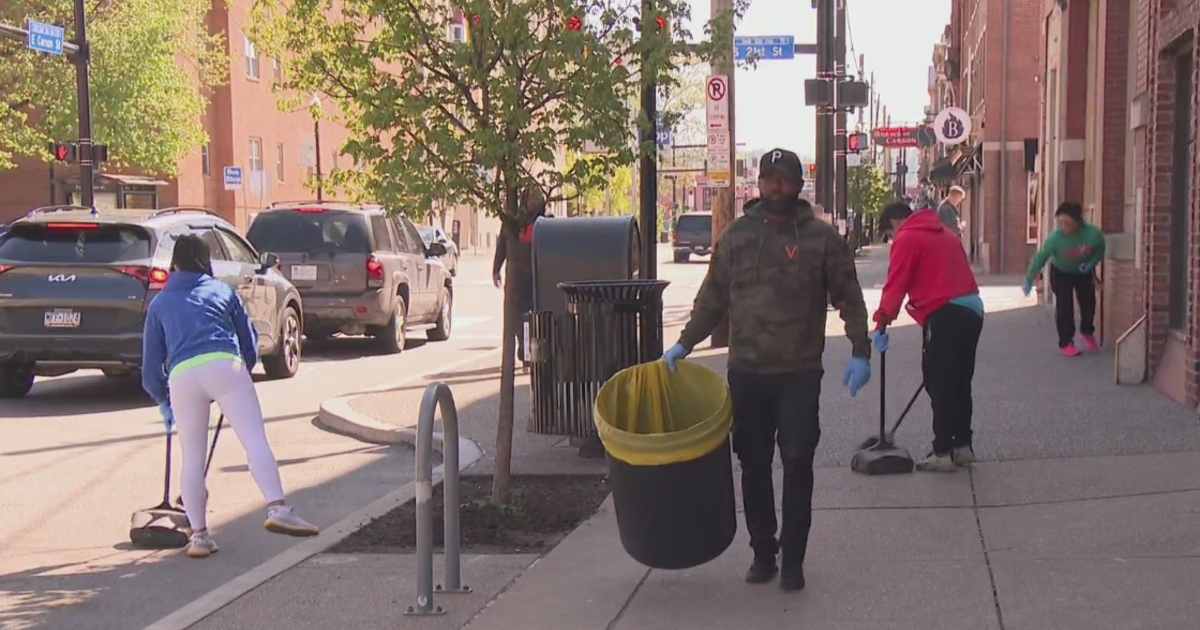Pittsburgh-Area Hospital Offers New, Less-Invasive Option For Mitral Valve Repair
PITTSBURGH (KDKA) -- Even with a little exertion, Henry Barr felt short of breath.
He saw a lung doctor, but an ultrasound showed the problem was actually in his heart.
"At that time, they discovered there was a tear through the mitral valve," Barr said. "The regurgitation of the blood was coming back as fast as it was going through."
Regurgitation of the blood from his heart filled his lungs and body with fluid. All because of a bad mitral valve -- a two-leafed valve on the left side of the heart.
"At that point, I was on oxygen 24 hours a day. And the options were the normal procedure, an open-heart procedure, where they open up your chest, and I wasn't really looking forward to that," he said.
His heart doctors at St. Clair Hospital offered him the minimally invasive MitraClip.
"Instead of doing open surgery, we can now do a mitral valve repair through a small incision in the groin," says Dr. Andy Kiser, a cardiac surgeon at St. Clair Hospital. "We can bring that mitral valve together. It helps treat the heart failure, so it helps keep them out of the hospital from a heart failure standpoint."
Surgery is still the best option for fixing the mitral valve if a patient can tolerate it. But for some people, it's too risky for a bad outcome.
"The risk of open-heart surgery increases with age. So this is certainly for a select group of people who are not operative candidates," says Dr. George Cater, a cardiologist and cardiac imaging specialist at St. Clair Hospital.
The clip goes in from the groin, up through a major vein, and into the heart. The trickiest part is making a hole between the two upper chambers to get the clip to the correct spot.
"There's a potential of causing a hole there causing a tear there," says Dr. Cater. "As we're moving the clip around in the heart, if we're not careful, you could damage or tear the atrium, which can be a problem."
A cardiac surgeon is part of the team. So if anything goes awry, the patient can go straight to surgery. One element could get in the way.
"If there's a lot of calcium on the valve or the valve leaflets are too thick and calcified, that causes a problem because you can't clip the two leaflets together with the device itself," says Dr. Cater.
The device is FDA approved. In studies, it was shown to improve symptoms and keep people with heart failure out of the hospital.
"What I found incredible was that when I woke up, I had absolutely no feeling of discomfort. And I could breathe freely, which at that point was a wonderful experience," Barr said.
St. Clair Hospital has done two cases now. Barr was one of them.
"I was waiting for something to hurt, and again, no discomfort. I don't have to use oxygen during the day at all," Barr said. "I just feel very fortunate."



